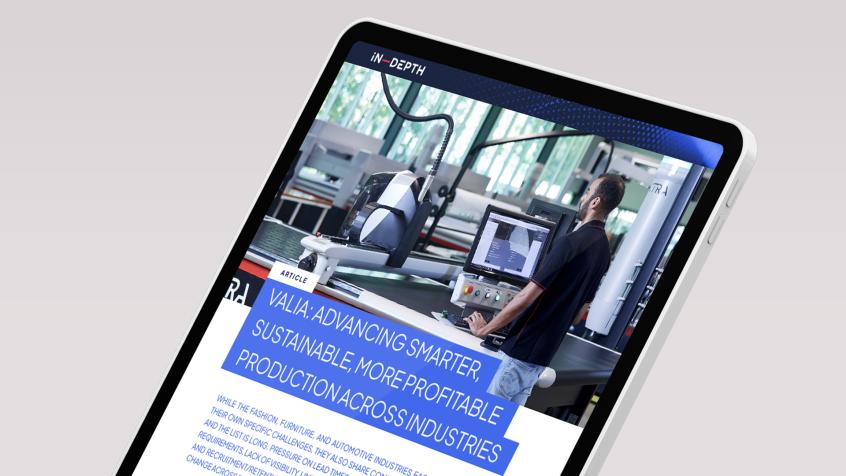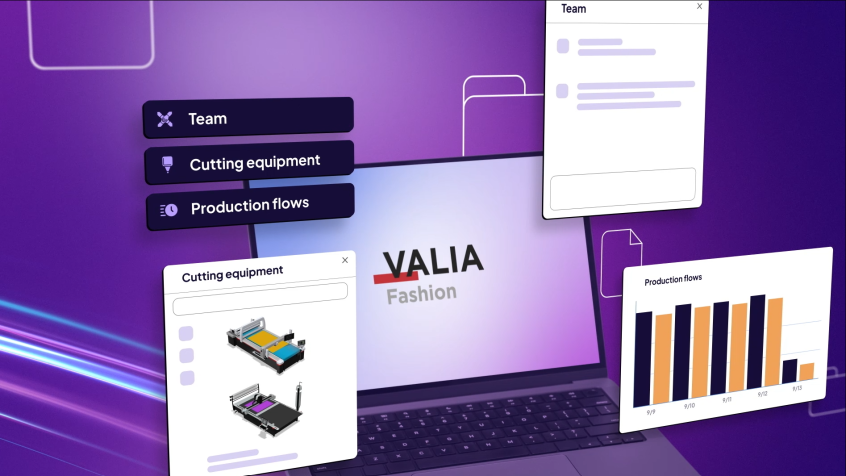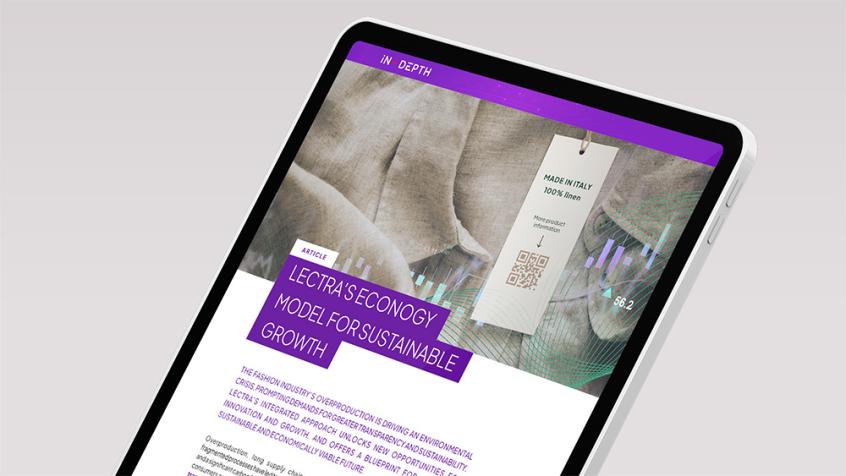Balancing standard and MTM manufacturing with cutting room automation
The new normal inside the cutting room

The way forward for garment brands and manufacturers
It is a matter of time before digitalization transforms the entire fashion industry. Adoption of digitalized processes is especially crucial for garment manufacturers that manage complex or multiple workflows for the production of both standard and custom products.
For many fashion companies, yesterday’s pain points in the cutting room remain unresolved, despite a slow recovery following the events of the first quarter of 2020. New challenges stemming from the post-COVID-19 economy appear only to compound existing issues.
To emerge stronger and resilient, brands and manufacturers must ensure they can manage custom orders as quickly as standard orders. Satisfying emerging demand is often difficult due to labor-intensive set-up requirements. This is because creating made-to-measure products is a time-consuming undertaking. Personalization can slow down manufacturing processes, reducing production line capacity. Similarly, the handling requirements of patterned fabrics can retard on-demand production processes.
Automation is reinventing production in the post-covid-19 era
Automation of production processes offers the technical means to improve productivity while controlling consistency and quality. By harnessing the power of automation, garment manufacturers can streamline their on-demand manufacturing processes and seize control of their cash flow, stock and profitability, for greater agility in the face of any business challenge.
So what will an automated cutting room look like? Our table below summarizes the key changes to come, with major benefits for brands and manufacturers.
Centrally manage fabric handling
By centrally storing fabric-handling information, garment manufacturers can handle patterned fabrics with far greater ease. Automated transmission of fabric-handling requirements and settings minimizes the risk of operator error in the cutting room, preventing waste and optimizing fabric usage, even for the most complex patterns.
Close the worker skills gap
When low-value tasks require an inordinate amount of human intervention, reliance on the expertise of the most experienced cutting-room operators can become an Achilles’ heel. Automated preparation processes can compensate for low worker skill levels, enabling rapid skill-up for operators while contributing to a more consistent level of quality.
Ensure garment quality at scale
Scaling on-demand production requires high levels of resources. Personalized product orders add an additional degree of complexity to production. Automation of the full array of production processes can provide garment manufacturers with a clear overview of all steps in the process, as well as control from order to cutting.
Shorten time to market
Using automated processes, it’s possible to stay apace of emerging trends by quickly turning out capsule collections and small series. By industrializing processes, garment manufacturers can quickly produce patterns for on-demand and made-to-measure clothing, shortening their time to market.
Optimize production costs
Manufacturers can control multiple production costs by better managing their material usage and cutting processes. By harnessing the reliability and consistency of automation, advanced technologies can help them optimize nesting and improve cutting quality while minimizing the risk of operator.
Make data-informed decisions
With access to real-time production dashboards, a 360° view of order status can provide accurate, objective data for production analysis and data-driven decisions
To achieve greater business agility, brands and manufacturers must rethink and rebuild their production model. Overhauling and digitalizing processes is now the priority for all members of the fashion ecosystem. By acting to future-proof their business, fashion companies that successfully achieve digital transformation will be ready to take on challenges well beyond the global public health crisis.
Learn more about Fashion On Demand by Lectra
Related Content









